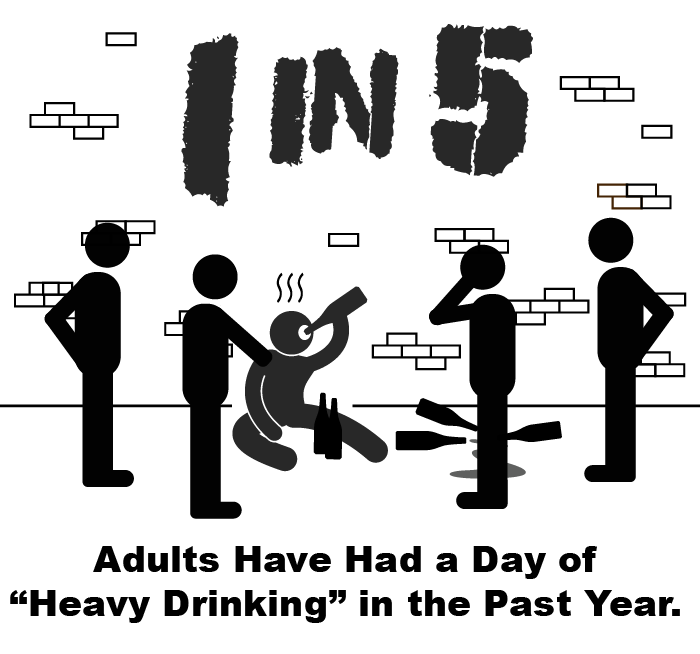CHOOSING SOBRIETY IS A POSITIVE CHANGE ANY TIME OF THE YEAR

Whether it’s January 1st or not, any time of year is the best time to make a positive life change. For those struggling with addiction, specifically alcoholism, now is the time to make the crucial choice of becoming sober.
Substance abuse problems can affect anyone worldwide. It is essential for physicians and the general public to acknowledge alcoholism as a disease and to understand that the best way to treat addiction issues is with compassion and structure.
Alcoholics in recovery have a first-hand understanding of the ongoing struggle with this disease. Many physicians and advocates promote not blaming and stigmatizing these individuals. Alcoholics should not be enabled; however, they need to understand that there are people and outlets to aid in achieving sobriety.[1]
DEFINING ALCOHOLISM
The National Council on Alcoholism and Drug Dependence (NCADD) states that worldwide there are approximately 2.5 million alcohol-related deaths annually.[2]This staggering number illustrates the severity of the disease and its global effects. The NCADD explains that alcoholism hinders social and individual development, leading to fewer innovations and productivity globally. Alcoholism not only affects the addicts, but it also affects their families and their lives as a whole.

The Centers for Disease Control and Prevention (CDC) determined that 24.9% percent of adults 18 years and over have had at least one heavy drinking day in the past year.[3] Studies show that acceptable moderate drinking is classified as one drink per day for women and two drinks per day for men.[4] It also describes the amount of ingested alcohol that shows cause for concern as drinking five or more drinks on an occasion for five or more days in the past month.
Many individuals combating substance abuse may be fully functioning and able to keep their addiction fairly under wraps with no one aware of their problem. However, at one point their alcoholism addiction will surface to those around them, not only drastically affecting their personal lives, but also affecting them socially and within the workplace.
SIDE EFFECTS
Alcoholism has a variety of short-term and long-term side effects, the most serious one resulting in death. Short-term side effects can include slurred speech, diarrhea, vomiting, impaired judgment, drowsiness and more. Blackouts are also a common occurrence. These occur after an individual consumes too much alcohol, and they experience memory lapses from events that happened while under the influence.[5]
Although participating in heavy drinking or binge drinking may seem like a temporary choice during an event, if this behavior is continued, it can have a variety of serious long-term effects. The National Institute on Alcohol Abuse and Alcoholism (NIAA) states that alcoholism has a severe impact on an individual’s brain. Alcohol impairs, affects and interferes with the brain’s communication pathways. This results in erratic changes of mood and behavior while also affecting one’s coordination and thought process.[6]
NIAA describes that the heart is an organ that is extremely affected by continuous alcohol abuse. Alcohol weakens the heart and can lead to stroke and high blood pressure. Most people are aware of alcohol’s obvious effects on the liver; alcoholic hepatitis and cirrhosis are two commonly known diseases due to alcoholism. Cirrhosis of the liver is when normal liver tissue is replaced with non-living scar tissue, leading to liver failure.

NIAA research states that the pancreas is also majorly affected by heavy drinking. When an individual overindulges in alcohol, high amounts cause the pancreas to produce toxic substances. This then leads to pancreatitis, which is a dangerous inflammation of blood vessels within the organ leading to the prevention of proper digestion in a person.
Cancer is another disease with probability more heightened in individuals combating alcoholism. NIAA claims cancer of the breast, liver, throat, and mouth can all be directly linked to alcoholism.
FAMILY UNIT IMPACT
Alcohol not only directly negatively impacts an addict within their life, but it also affects those around them, usually their family. It has direct effects on children and spouses that can cause a lifetime of unresolved issues. Children are an impressionable group that is highly aware of their surroundings. Although an alcoholic parent may think they are cleverly disguising their disease from their children, many times they are not. Due to their youth and naivety, children may blame themselves for their parents turning to alcohol.
Children in homes where at least one parent is an alcoholic can experience low self-esteem, chronic depression, and stress. They can also have feelings of extreme guilt. Due to their youth and naivety, children may blame themselves for their parents turning to alcohol and not fully understand the factors that cause a person to abuse a substance.[7]
The article in Learn About Alcoholism states that spouses are also profoundly affected by an alcoholic partner. Poor communication is one side effect that can lead to the deterioration of a relationship. Increased anger and abuse can also result from alcoholism. An alcoholic’s brain may be impaired leading them to lash out violently at those around them. However, sobriety can be achieved.
INTERVENTION PROGRAMS
The idea of treatment can seem daunting to an individual struggling. Many times friends and family feel helpless in the pursuit of persuading an addict into receiving treatment.
Interventions are a successful method of calmly confronting an individual.
An intervention is a strategically planned event where the anticipated result is an addict accepting treatment.[8] These usually occur in an environment where therapists are involved, so that the discussion can be moderated, and the alcoholic can feel safe and not ambushed.
Seaside Palm Beach is a luxury rehabilitation facility that offers intervention services. We have successfully executed thousands of interventions. Our intervention programs create and implement an immediate plan of action for an individual. Our comprehensive, holistic approach to treatment has aided addicts for over two decades. Seaside Palm Beach’s high success rate has been proven by the long-term sobriety achieved by most of our patients. With a variety of unique programs, we have an extensive list of therapies to choose from. For more information on our intervention services or Seaside Palm Beach, please call (888) 997-3274.



